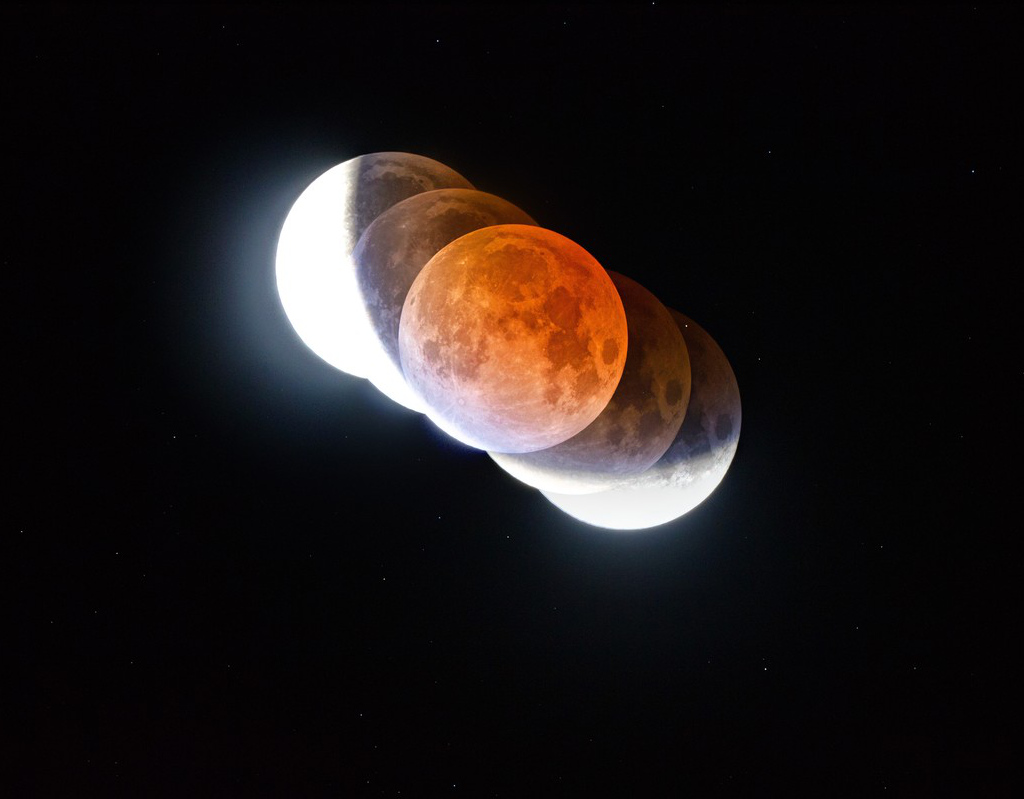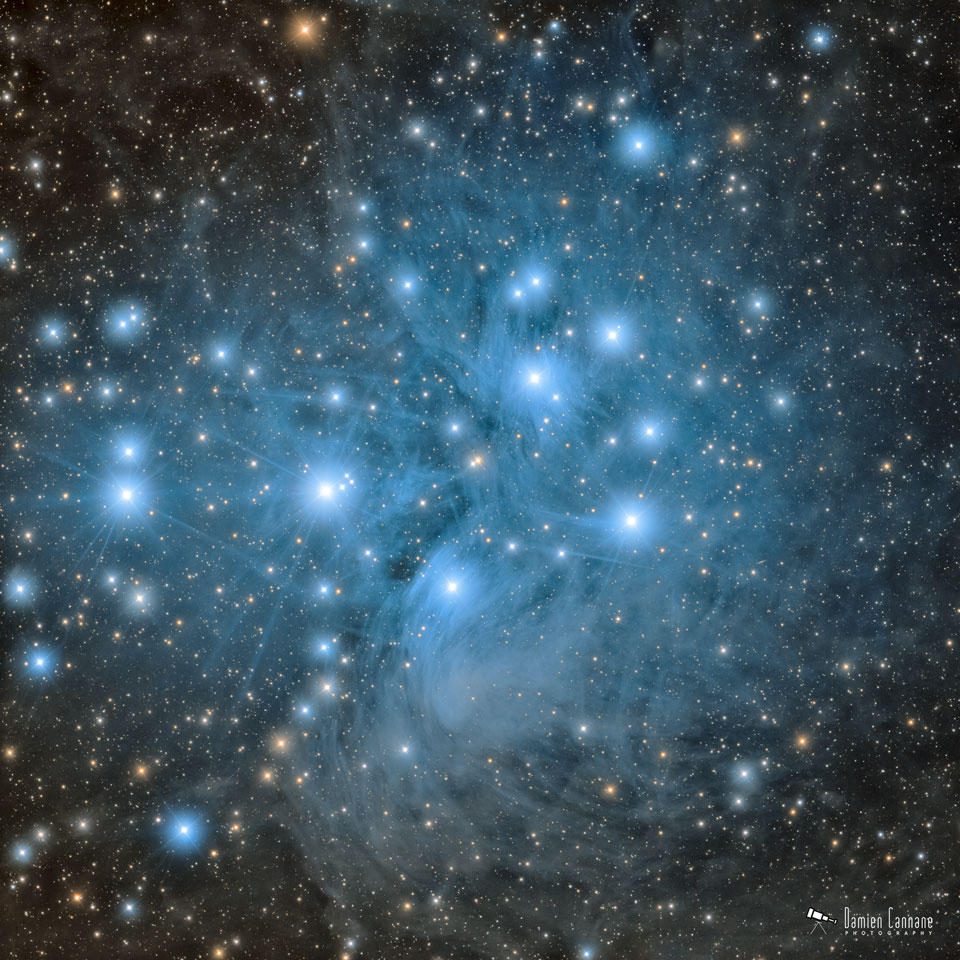M101
2021年11月27日 Messier 101 Image Credit: NASA, ESA, CFHT, NOAO; Acknowledgement – K.Kuntz (GSFC), F.Bresolin (U.Hawaii), J.Trauger (JPL), J.Mould (NOAO), Y.-H.Chu (U. Illinois) Explanation: Big, beautiful spiral galaxy M101 is one of the last entries in Charles Messier’s famous catalog, but […]










